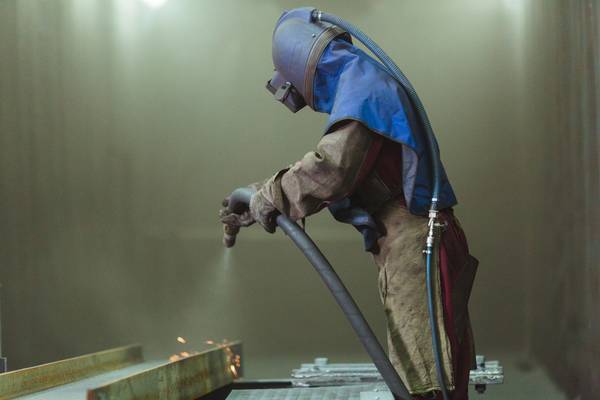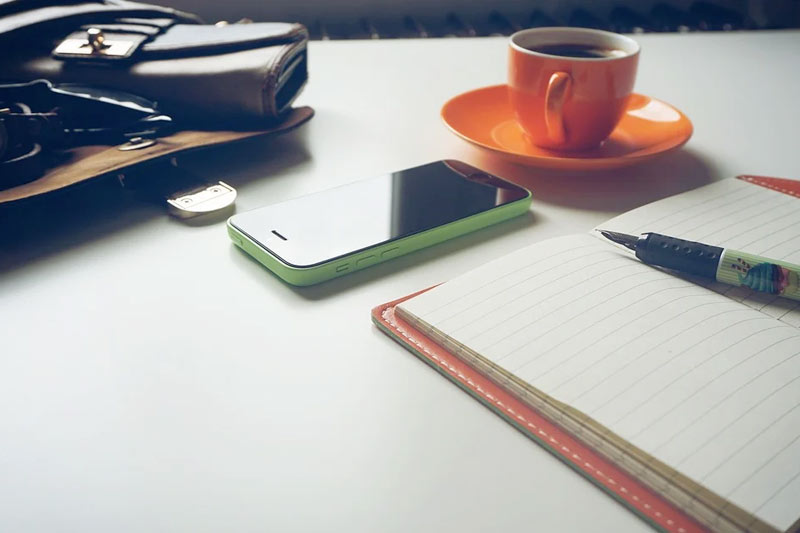
Shot blasting is a surface preparation technique used in various industries, including construction, manufacturing, and automotive, to clean, strengthen, or texture the surface of a material. It involves forcibly propelling small, abrasive particles at high velocities against the surface of the material, effectively “blasting” away contaminants, scale, rust, or other unwanted substances. This process can be used on a variety of materials, including metals, concrete, and stone.
The key components and steps in the shot blasting process are as follows:
- Abrasive Material: Small, abrasive particles, often referred to as “shot,” “media,” or “abrasives,” are used in shot blasting. Common abrasive materials include steel shot, steel grit, aluminum oxide, glass beads, or various other materials depending on the specific application.
- Blasting Equipment: Shot blasting is typically performed using specialized equipment known as shot blasting machines or blast cabinets. These machines consist of a chamber or enclosure to contain the process, a blast wheel or nozzle to accelerate the abrasive particles, a recovery and recycling system to collect and reuse the abrasive material, and a dust collection system to control airborne particles.
- Abrasive Propulsion: The abrasive particles are propelled by compressed air, centrifugal force, or a mechanical wheel at high speeds (usually several hundred miles per hour) towards the surface being treated. As the abrasive particles impact the surface, they remove contaminants, coatings, or roughen the surface, depending on the desired outcome.
- Surface Preparation: Shot blasting is used for various purposes, including preparing surfaces for painting, coating, or bonding. It can remove rust, old paint, scale, and other surface imperfections, creating a clean and roughened surface that provides excellent adhesion for subsequent treatments.
- Surface Profiling: In addition to cleaning, shot blasting can also be used to create a specific surface texture or profile. This is often required for decorative concrete or for enhancing the grip of surfaces like roads or runways.
Shot blasting is commonly used in applications such as:
- Preparing steel or metal surfaces for painting or coating to improve adhesion.
- Removing rust, corrosion, and old paint from metal structures.
- Preparing concrete surfaces for resurfacing or coating.
- Texturing and profiling concrete or asphalt surfaces for better traction or aesthetic purposes.
- Cleaning and restoring various surfaces, including industrial equipment, bridges, and floors.
The specific abrasive material, machine settings, and process parameters are chosen based on the material being treated and the desired surface finish or preparation requirements. Proper safety precautions, including the use of protective equipment, are essential when performing shot blasting due to the high-speed abrasive particles and potential dust generation during the process.





